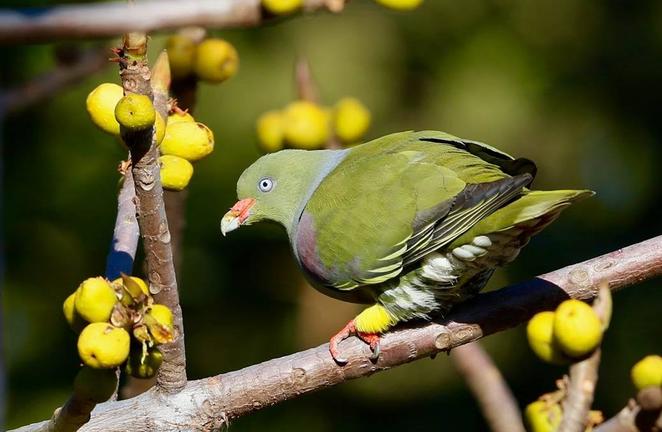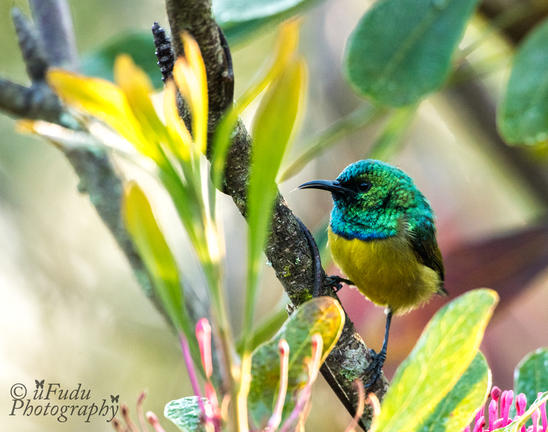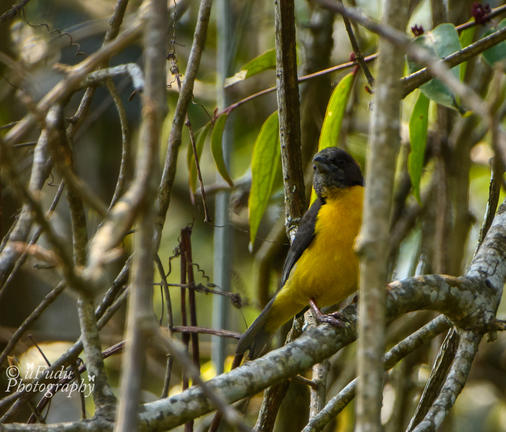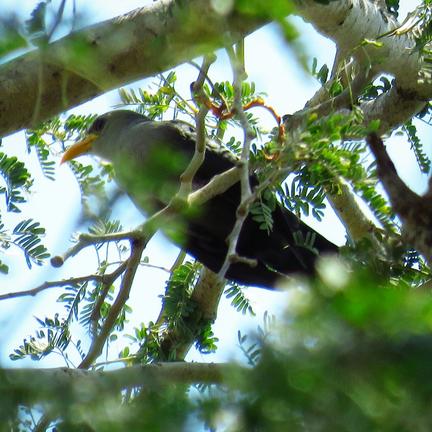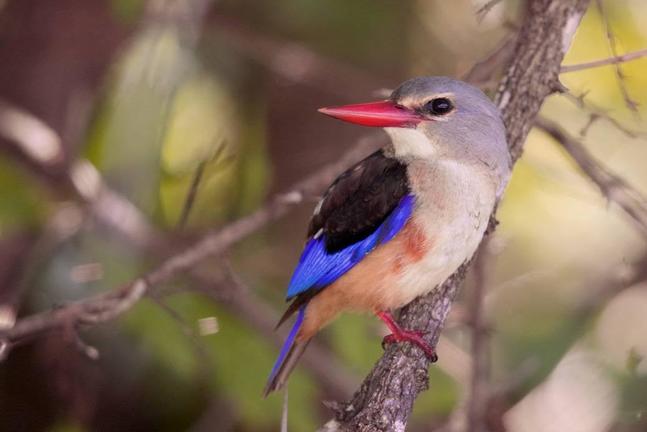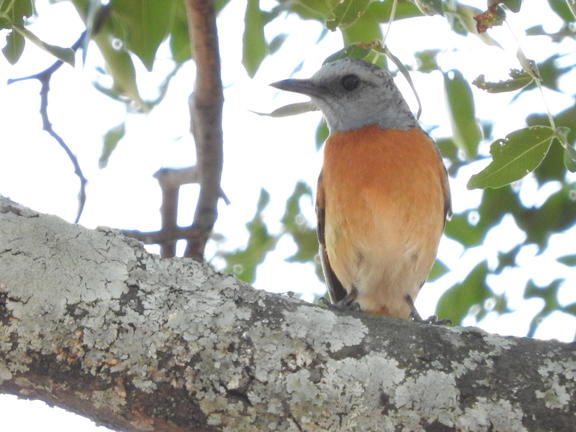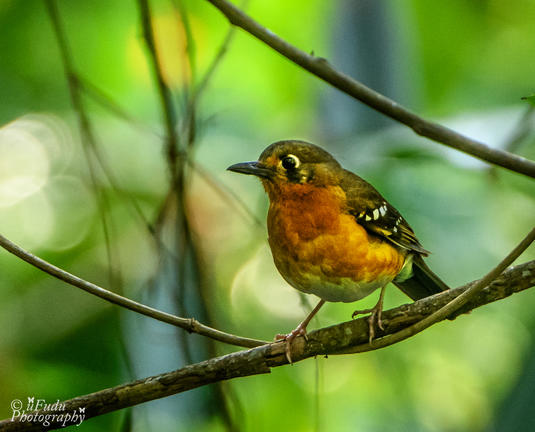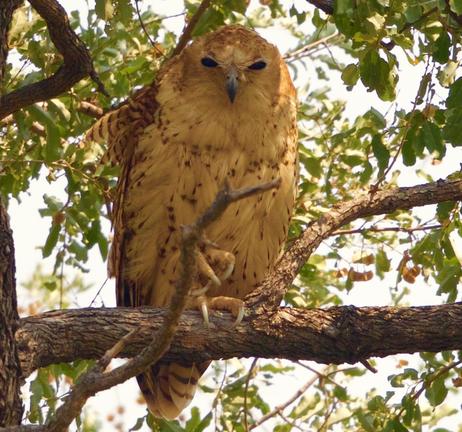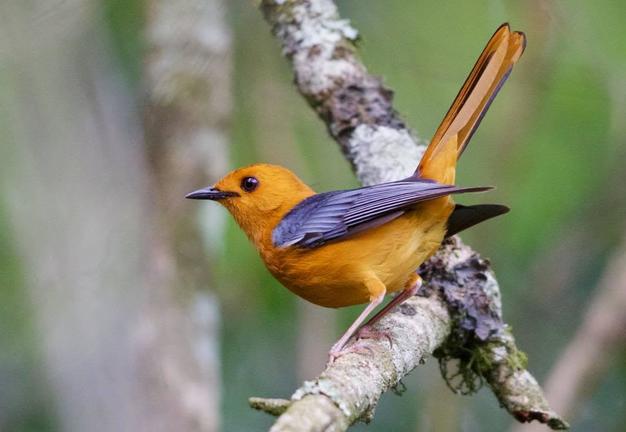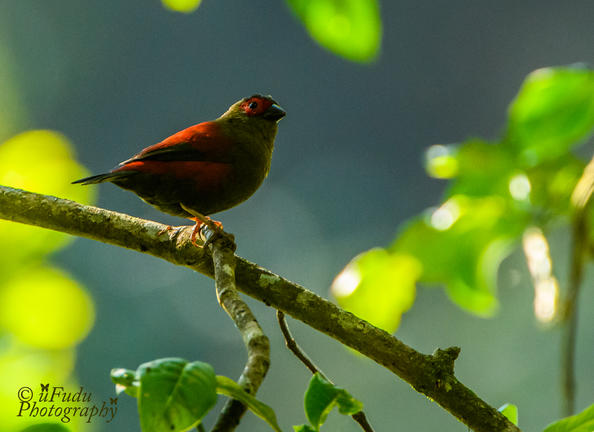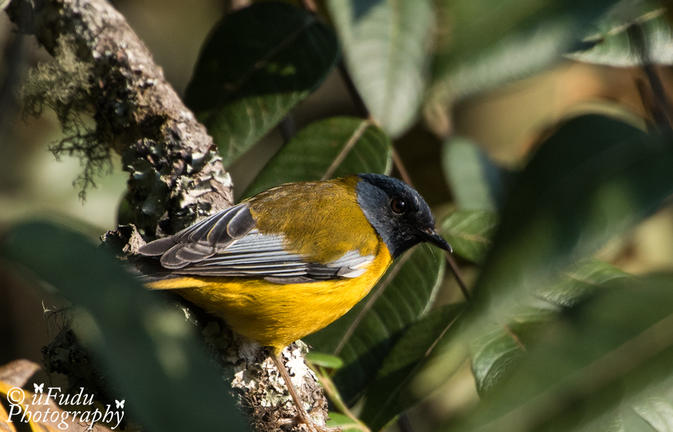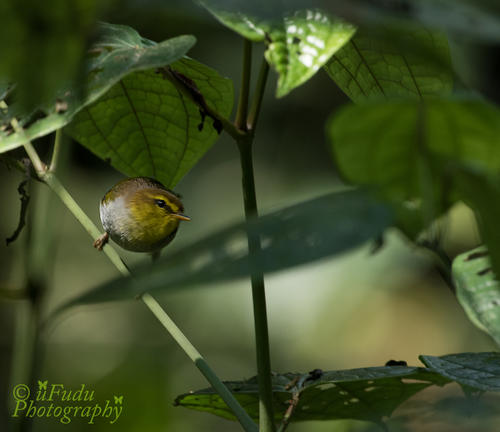13 birding days (Harare, Midlands, Gonarezhou, Chimanimani, Bvumba, Honde Valley)
Focus: miombo and general birds, montane specials
The Harare area supports a large number of birds through diverse habitats ranging from miombo woodlands to wetlands and dams, grasslands and granite formations, large and small. Miombo and wetland birds tend to be the primary focus but excursions can be catered according to the birdwatchers’ goals.
Visits to Christon Bank, Domboshawa & Ngomakurira, Ewanrigg Botanical Garden and other birding spots in the city are all worthwhile. In season the vleis produce many sought-after species.
Gonarezhou – on the border with Mozambique has a number of birds worth searching for and the spectacular eastern highlands has a large number of special birds; Chimanimani, Bvumba and Aberfoyle are areas visited on this trip.
Target birds
Miombo specialists including Whyte’s Barbet, Green-backed Honeybird, Wood Pipit, Striped Pipit, White-breasted Cuckooshrike, Boulder Chat, Miombo Rock-thrush, Collared Flycatcher (in season), Stierling’s Wren-warbler, Southern Hyliota, Green-capped Eremomela, Red-faced Crombec, Miombo Tit, African Spotted Creeper, Western Violet-backed Sunbird, Miombo Double-collared Sunbird, Miombo Blue-eared Starling and Black-eared Seedeater.
In the wet summer season the vleis (wetlands) can give you Streaky-breasted Flufftail, Red-chested Flufftail, Striped Crake, African Crake, Corn Crake, Black Coucal, Senegal Coucal, sometimes Dwarf Bittern,
harriers, Rosy-throated Longclaw, Croaking Cisticola, Pale-crowned Cisticola, Yellow-mantled Widowbird, Cuckoo Finch (though they tend to be well-dispersed at this time of the year) and Orange-breasted Waxbill.
The southeast lowveld can produce Mottled Spinetail, Burchell’s Coucal, Senegal Lapwing, Pel’s Fishing-owl, Southern Banded Snake-eagle, Dickinson’s Kestrel, Grey-headed Parrot, Brown-headed Parrot, Collared Palm-thrush, Rufous-winged Cisticola, Grey-backed Camaroptera, Chestnut-fronted Helmet-shrike and Lemon-breasted Canary – but there is a wealth of other birds besides!
Eastern highland specials and near-endemics in montane and miombo including African Olive-pigeon, Eastern Bronze-naped Pigeon, Blue-spotted Wood-dove, Lemon Dove, Scarce Swift, Buff-spotted Flufftail, Palm-nut Vulture, Silvery-cheeked Hornbill, White-eared Barbet, Yellow-rumped Tinkerbird, Pallid Honeyguide, Green-backed Woodpecker, Grey Cuckooshrike, Stripe-cheeked Greenbul, Yellow-streaked Greenbul, Orange Ground-thrush, White-starred Robin, Swynnerton’s Robin, Pale Batis, Blue-mantled Crested Flycatcher, White-tailed Crested Flycatcher, Red-winged Warbler, Chirinda Apalis, Roberts’s Warbler, Broad-tailed Warbler, Barratt’s Warbler, Moustached Grass-warbler, Cape Grassbird, Yellow-throated Woodland-warbler, Cinnamon-breasted Tit, Olive Sunbird, Bronzy Sunbird, Malachite Sunbird, Variable Sunbird, Gurney’s Sugarbird, Marsh Tchagra, Black-fronted Bush-shrike, Olive Bush-shrike, Gorgeous Bush-shrike, Square-tailed Drongo, Black-winged Bishop, Dark-backed Weaver, Black Widowfinch, Yellow-bellied Waxbill, Green Twinspot, Red-faced Crimsonwing, Grey Waxbill, Lesser Seedcracker, Magpie Mannikin and Cabanis’s Bunting.
Ease of birding
Many birds will be easy to see whilst some are elusive or seasonal. Miombo woodlands tend to be quiet in the afternoons so there is the opportunity to sample other habitats for other species. These areas require some walking in hilly terrain but present no difficulty for persons of average fitness.
